Your ultimate guide to Visiting the Tower of London
This insider guide to London's most famous fortress reveals fascinating history, beautiful jewels, and more.
The awe-inspiring Tower of London has stood by the River Thames since 1066. It has served as a royal residence and a place to host guests, but also served as a prison for traitors and gangsters, and it's undeniably one of the most fascinating historical things to do in London. The Crown Jewels — including the St Edward's Crown, worn by a new king or queen at their coronation — are also kept there. Today, you can visit the current occupants (mostly ravens) and their keepers, the Yeomen Warders, also known as Beefeaters, who wear distinctive red and black uniforms. Here's everything you need to know about The Tower of London.
Best Tower of London experiences
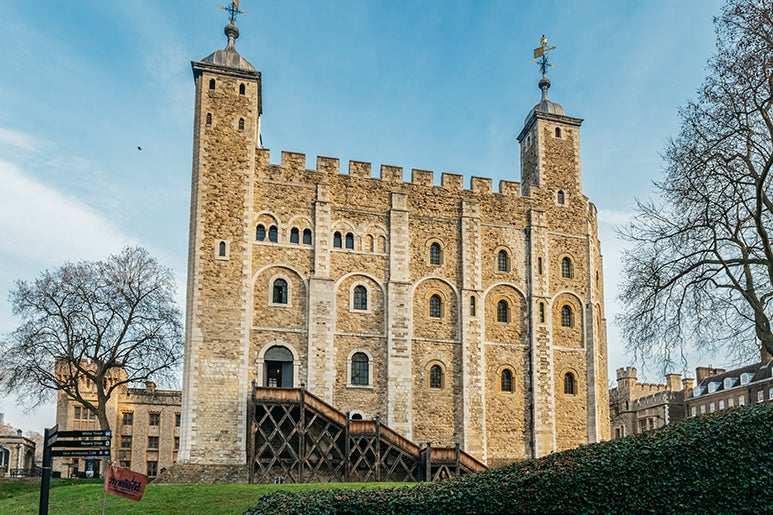
Tower of London at a glance
Suggested duration:
Around three hours is recommended, as there is much to see.
Best time of day to visit:
If you want to miss the crowds, go early in the morning as soon as The Tower of London opens. It’s best to pre-book a ticket even though there’s no time slot (except on certain occasions).
Opening hours:
These can vary monthly, so it's best to check their website. As a rough guide, Mondays and Sundays: 10:00 AM—4:30 PM or 5:30 PM; Tuesday — Saturday, 9:00 AM—5:30 PM.
Address:
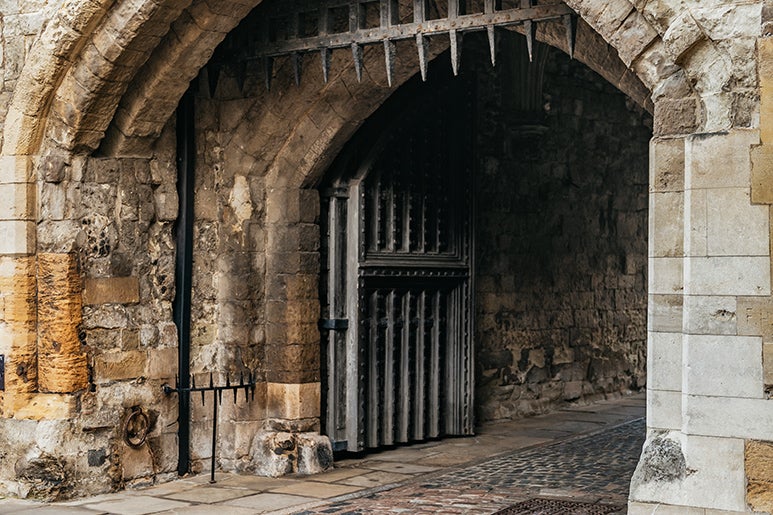
What to see at The Tower of London
- The Crown Jewels, a collection of royal, ceremonial objects kept in the Jewel House, which include the coronation regalia and vestments worn by British monarchs. Protected here since the 17th century, they comprise over 100 objects and over 23,000 gemstones and are priceless.
- White Tower, the Tower of London's central core, and fortified residence for royalty. It was built to awe, subdue, and terrify Londoners and to deter foreign invaders, and endures as an iconic symbol of London and Britain. Today, it houses displays of armor and weaponry and the medieval Royal Chapel of St John.
- The Bloody Tower and Tower Green, where you can see a memorial sculpture and quote dedicated to those who were condemned to death by order of the state, including two of Henry VIII's wives, Anne Boleyn and Catherine Howard.
- The South Lawn where you can see the ravens, and learn more about why they're known as the guardians of the Tower. You can also see the Yeoman Warders, ceremonial guardians of the Tower of London, identifiable by their distinctive red uniforms. They were once Henry VIII's bodyguards, but today, their role is more ceremonial.
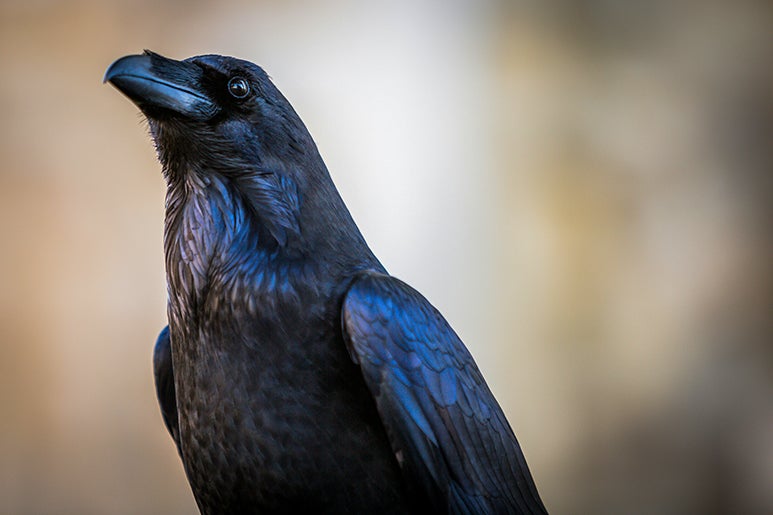
Why is the Tower of London worth visiting?
- In 1988, the Tower of London was designated as a UNESCO World Heritage Site, being an exceptional example of a medieval structure, remarkably intact and retaining its historical significance.
- It has housed royalty and prisoners, and served as everything from an armory to the Royal Mint. It was even the location of London's first zoo; exotic animals given as gifts to the royal family were kept here before moving to the new London Zoo in 1835.
- It's one of the most famous buildings in London, if not Britain, and home to centuries of history, as a palace, fortress, prison, and more.
- You'll see where kings, queens, and noblemen and women lived and where high-profile criminals were imprisoned.
- You'll be able to visit the iconic ravens, which, legend says, must always be protected for if they ever leave the Tower, it will be the downfall of the kingdom. And you can meet the Yeoman Warders who guard the premises.
- You can observe the traditional Ceremony of the Keys held every evening, where they lock up the main gates for the night.
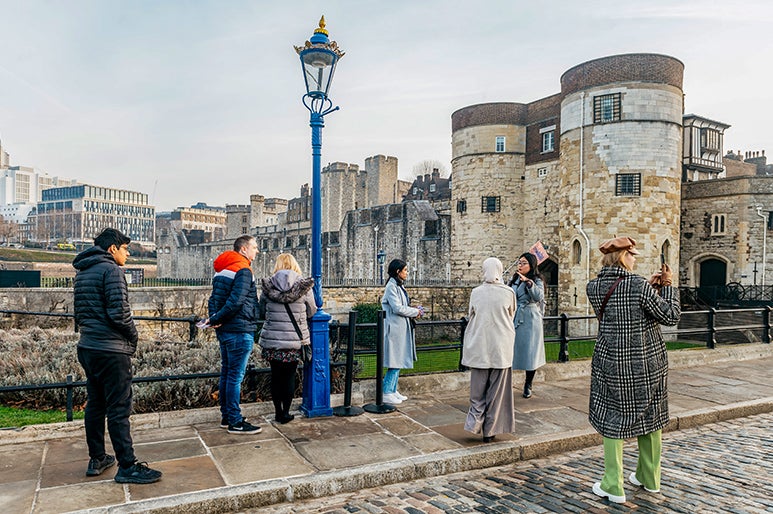
What to see at the Tower of London
- The Crown Jewels: A priceless collection of over 100 objects and 23,000 gemstones, it includes St Edward's Crown, which is used to crown a new king or queen, and the Imperial State Crown, used on state occasions such as the State Opening of Parliament.
- The Medieval Palace: made up of St Thomas's Tower, the Wakefield Tower and the Lanthorn Tower, this was once the Tower's residential area and has been reconstructed to show what daily life was like for a medieval monarch. You'll see vaulted ceilings, grand fireplaces, and comfortable bedchambers.
- The Fusilier Museum: Dedicated to the Royal Regiment of Fusiliers, the museum's significant collection includes12 Victoria Cross Medals won by the Regiment, the uniform and bearskin of King George V (a former Colonel-in-Chief of the Regiment) and an Eagle Standard of the 82nd Regiment of the French Line captured by the Royal Fusiliers during the Napoleonic Wars.
- Torture Museum: Displayed in the Lower Wakefield Tower, you'll find an exhibition about the methods of torture used at the Tower of London, complete with replicas of the instruments which inflicted such appalling pain.
- Battlements: The vast stone battlements forming the Tower's walls have protected kings and queens since Henry III's fortifications in the mid-13th century, and you can walk around them, taking in sights such as the Broad Arrow Tower and the area the Royal Beasts used to be kept.
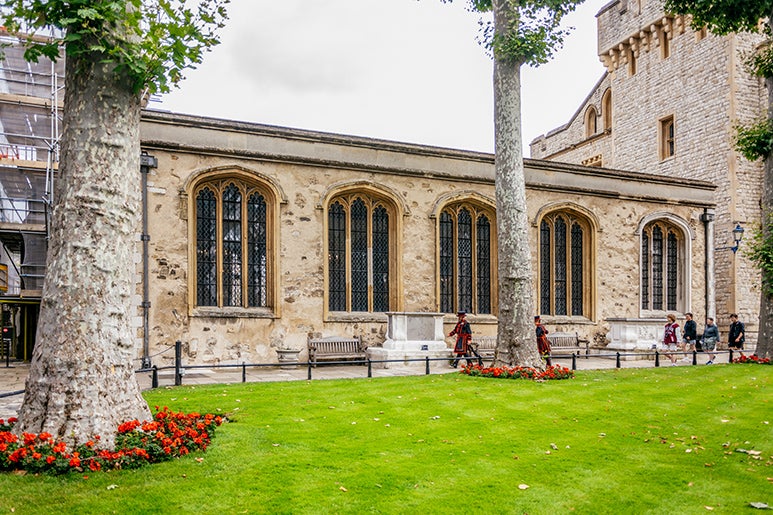
Best time to visit the Tower of London
Opening times vary somewhat throughout the year, but the best time to visit the Tower of London to avoid crowds is early in the morning, during the week, or during the winter months. The Tower is typically less busy on weekdays and during the off-season. The peak season includes school holidays and the summer months.
Tips for visiting the Tower of London
Are Tower of London guided tours worth it?
Tours with the famous Yeoman Warders, who have guarded the Tower of London since Tudor times, are included with your entry. They are well worth attending, as you'll hear gripping stories from over 1,000 years of history, including tales of intrigue, imprisonment, execution, treason, torture, and more.
Are there different entrances to the Tower of London?
Yes, the main entrance is at the West Gate, Tower of London, London, EC3N 4AB, while the entrance for groups is at Middle Drawbridge, Tower Bridge Approach, London, EC3N 4AE.
Any other tips?
- You are advised to pre-book your tickets to skip the queues of those trying to buy them on the day.
- You can purchase an audio guide in various languages on arrival.
- There are no left luggage facilities and large bags are not permitted.
- Photography is allowed within most areas.
Best Tower of London experiences
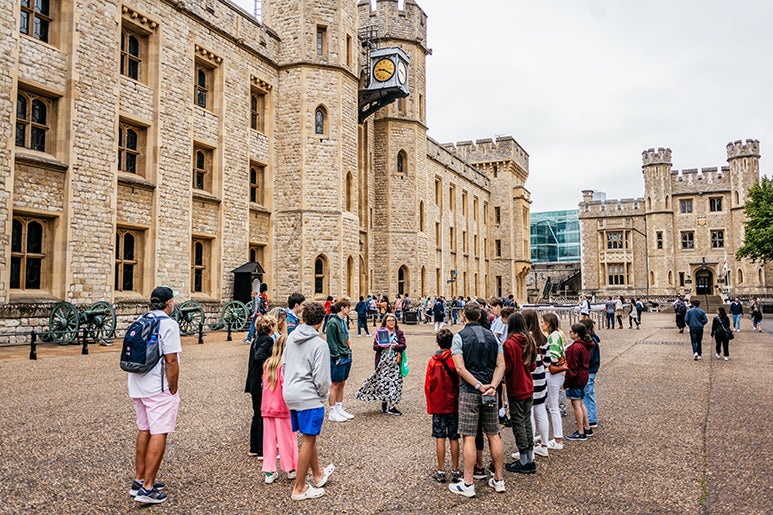
How to get to the Tower of London
- If you're coming from a central location such as Leicester Square, you can take the Northern line south to Embankment, then change to the eastbound District or Circle Line to Tower Hill, and from where it's a couple of minutes walk.
- A taxi from somewhere central like Leicester Square should take around 19 minutes, depending on traffic.
- If you want to walk there from Leicester Square, it will take around 55 minutes.
Is the Tower of London, or certain parts of it, suitable for people with mobility impairments, e.g. climbing stairs to a dome?
The Tower of London is a historic building with difficult stairs and passageways — including spiral staircases — and wheelchair access is limited. The Tower has many steps, with cobbles on some of the surfaces and pathways and some low doorways. For those with mobility requirements and wheelchair users, there is an access guide you can download that details routes and other helpful information.
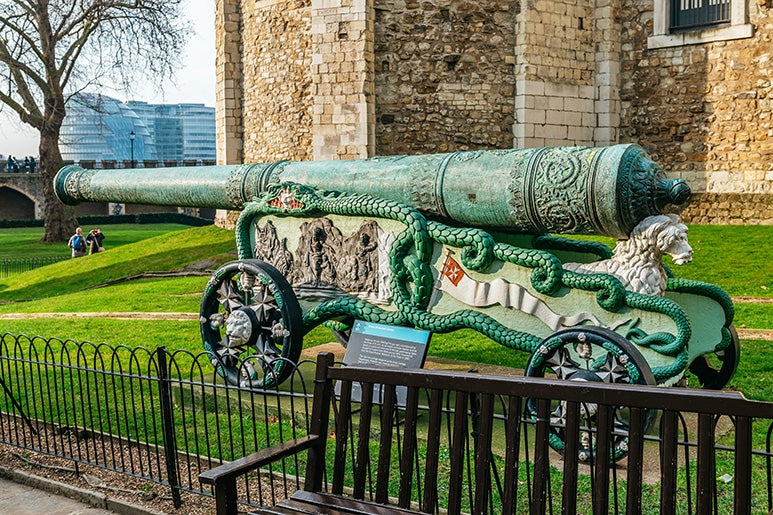
Tower of London FAQs
Is there a dress code for the Tower of London?
There's no official dress code, but you are advised to wear sensible, flat, walking shoes, as there are many uneven surfaces around, including cobbles and worn steps, and some might be slippery, too, thanks to centuries of use.
Are you allowed to eat or drink within the Tower?
Food and drink are not allowed within the confines of any of the buildings except in designated areas. However, you can do so in several places within the premises, including the New Armouries Cafe, the Ravens Cafe, and the Jewel Kiosk.
Is there anything I should know about visiting with children?
Parts of the Tower are not buggy-friendly due to the uneven surfaces, and buggies and pushchairs are not permitted in the White Tower, so they will have to be left in a designated buggy park. There are baby-changing facilities in two locations.
Is the Tower of London wheelchair accessible?
Yes, some parts are. Dedicated facilities, digital BSL guides, tours, and wheelchair hire are available. There are also concession tickets, with free entry for carers. Download an accessibility guide for more information.
Can I take my dog with me to the Tower of London?
Dogs are not permitted inside the Tower unless they are trained assistance dogs or medical alert dogs.











